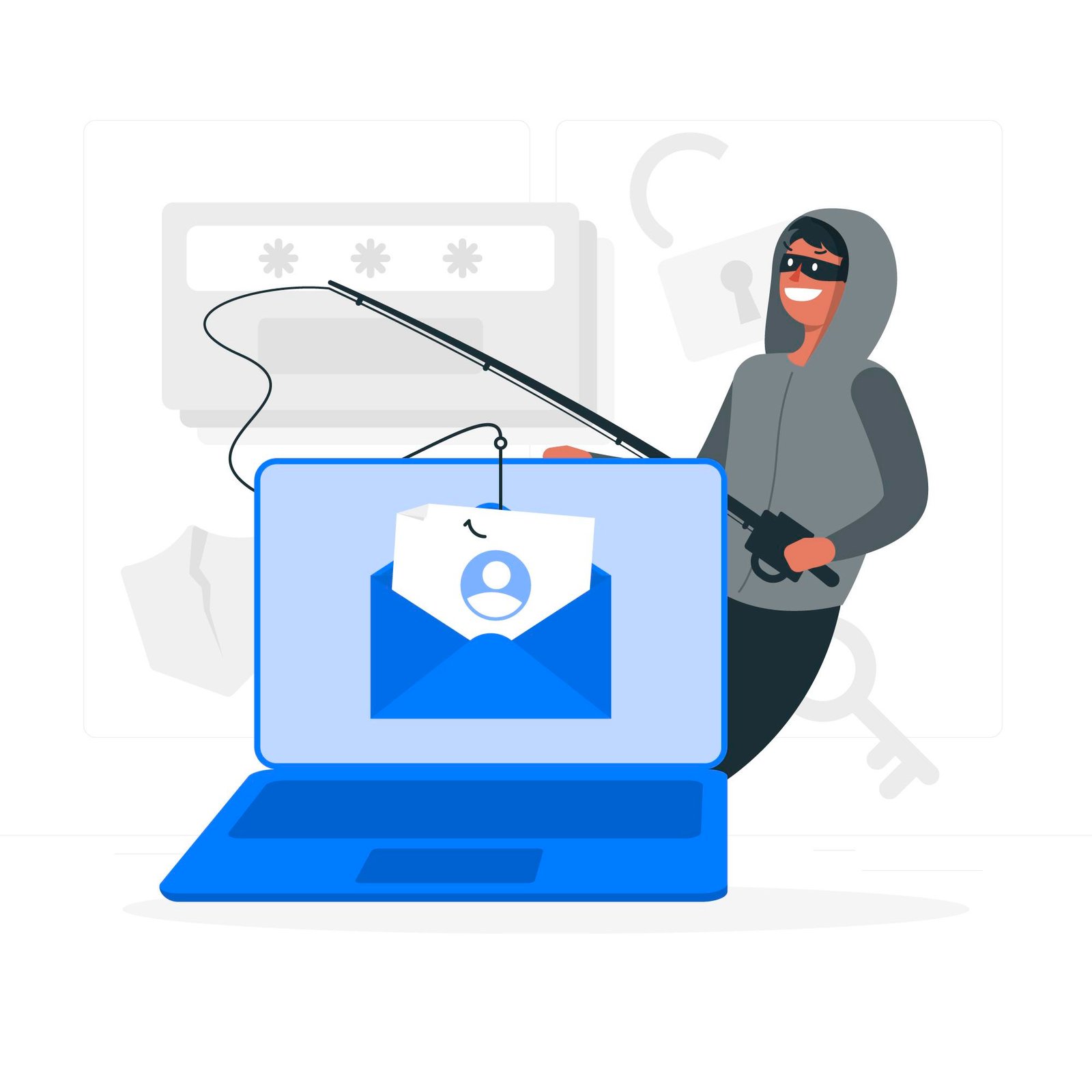Phishing attacks are one of the most common cybersecurity threats faced by small and medium-sized businesses (SMBs). Cybercriminals use deceptive emails, messages, and fake websites to trick employees into revealing sensitive information, such as passwords, financial data, or personal details. Without proper preventive measures, phishing attacks can lead to financial loss, data breaches, and reputational damage. This guide provides essential strategies to help SMBs protect themselves from phishing attacks.
1. Educate Employees About Phishing Attacks
One of the most effective ways to prevent phishing is through employee awareness and training. Conduct regular cybersecurity training sessions to help employees recognize phishing attempts. Key points to cover include:
Identifying suspicious emails, links, and attachments.
Avoiding clicking on links from unknown senders.
Verifying email senders before responding or providing sensitive information.
Reporting suspected phishing emails to IT security teams.
2. Implement Multi-Factor Authentication (MFA)
MFA adds an extra layer of security by requiring users to provide two or more verification factors before accessing accounts. Even if cybercriminals obtain login credentials, MFA can prevent unauthorized access. Encourage employees to enable MFA on all business accounts, including email, financial services, and cloud platforms.
3. Use Email Filtering and Anti-Phishing Tools
Deploy email filtering solutions that detect and block phishing emails before they reach employees' inboxes. Modern email security tools use AI and machine learning to identify malicious emails. Key features to look for include:
4. Keep Software and Systems Updated
Outdated software can have security vulnerabilities that cybercriminals exploit. Regularly update operating systems, applications, and security software to patch known vulnerabilities. Enable automatic updates where possible to ensure timely protection.
5. Enforce Strong Password Policies
Encourage employees to use strong, unique passwords for each account. Consider using a password manager to generate and store passwords securely. Best practices for password security include:
Using at least 12 characters with a mix of letters, numbers, and symbols.
Avoiding common words or easily guessed passwords.
Regularly updating passwords and avoiding reuse.
6. Verify Requests for Sensitive Information
Cybercriminals often impersonate executives, vendors, or partners to request financial transactions or sensitive data. Train employees to verify such requests through alternative channels before acting. Steps to verify include:
Calling the requester using a known phone number.
Checking for inconsistencies in email addresses and sender details.
Consulting with IT security teams before sharing sensitive information.
7. Secure Your Business Website and Network
A secure business website and network reduce the risk of phishing attacks. Steps to enhance security include:
Using HTTPS with an SSL certificate.
Implementing firewalls and intrusion detection systems.
Restricting network access to authorized personnel.
Monitoring network activity for suspicious behavior.
8. Have a Phishing Response Plan
Despite preventive measures, phishing attempts may still occur. A well-defined response plan ensures quick action to minimize damage. Steps include:
Identifying and reporting phishing incidents.
Blocking compromised accounts and resetting passwords.
Conducting an investigation to determine the scope of the attack.
Educating employees on how to avoid similar threats in the future.
9. Regularly Test Security Measures
Conduct phishing simulation exercises to test employees' awareness and responses to phishing threats. Use third-party security assessment tools to identify weaknesses and improve overall security posture.
Conclusion
Phishing attacks pose a serious risk to SMBs, but with proactive security measures, businesses can significantly reduce their vulnerability. By educating employees, implementing strong authentication, using security tools, and maintaining up-to-date systems, SMBs can safeguard their sensitive data and operations from cyber threats.
